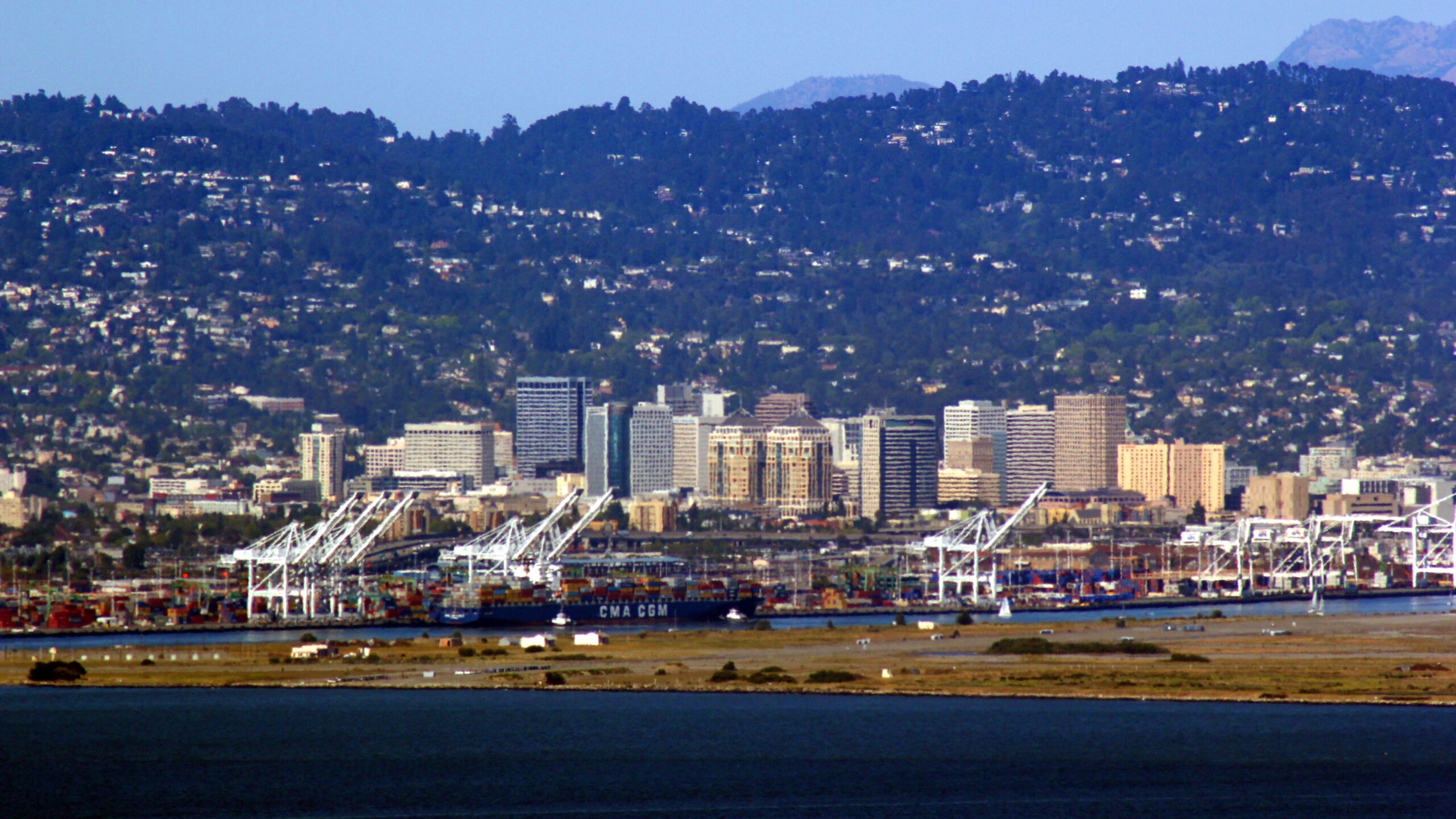Black suburbanization is changing Black neighborhoods

A new working paper by Bartik & Mast (2021) at the W.E. Upjohn Institute finds that patterns of Black households moving to suburbs in the US are key to understanding increased spatial segregation since 1970.
Key takeaways:
- Black households pursued the same quality of life improvements and security from urban disinvestment as white households during “White Flight,” and the data bears this out: “suburbanization entirely accounts for Black households’ relative improvements in several key neighborhood characteristics, while Black city dwellers saw declines.”
- Over half of the increase in class segregation within Black communities is explained by suburbanization.
- Black populations in central urban neighborhoods have declined steeply since 2000. But this is largely not the result of in-migration by wealthier, white residents. These neighborhoods remain majority Black, high-poverty areas, but have seen a decrease in total population and in-migration.
The narrative of white flight is a familiar one by now: white families, lured by new infrastructure in sprawling suburbs, fled from central urban neighborhoods in the second half of the 20th century, leaving disinvested Black neighborhoods behind. Left unsaid in this popular narrative is that middle-class Black households also sought the same amenities.
Bartik & Mast unpack this issue by analyzing demographic trends in 40 regions across the US, 20 of them in Southern states. In this representative sample, the share of the Black population living in suburbs rose from 16 percent to 36 percent over the past five decades. By contrast, the central cities’ share of the population stayed relatively flat until 2000, when it declined from 41 percent to 24 percent.
Black households have largely found the American dream in the suburbs. By studying these demographic trends more closely, Bartik & Mast find that almost all economic gains that Black Americans have made in the past half-century have been in suburbs: “while the neighborhood income of the average Black individual has modestly improved from 61 to 66 percent of the average White individual’s neighborhood income, the figure has fallen from 58 percent to 50 for Black city dwellers.”
Increasing inequality within the Black population is also driven largely by suburbanization, rather than middle-class growth in central urban neighborhoods. The data shows that “the share of high-earning Black households living in high-poverty neighborhoods has fallen from 30 percent in 1970 to 20 percent today.” Bartik & Mast observe that this shift in Black poverty is “entirely driven by a large drop [of Black household poverty] in the suburbs and [an] increase in the suburban share of total Black population.” By contrast, “the figure has remained constant at about 40 percent in central cities.”
So what’s happening in these inner-city neighborhoods? The authors offer another startling finding: while the Black population in central urban neighborhoods has declined, this is due to several demographic trends; the total population has decreased, both due to declining fertility rates and less in-migration.
In other words, after the Great Migration ended, Suburbanization took hold. This is why, as the authors note, “the vast majority of the total decline has occurred in areas that remain majority Black and high poverty today.”
This has serious implications for public policy: why does the United States see such “uneven progress” between suburbs and cities? Why are suburbs seen as the key to economic opportunity, while Black urban neighborhoods are often stuck with concentrated poverty?
As the authors conclude, the study’s findings essentially show two Black Americas: “Black suburbanites increasingly living in more integrated neighborhoods with higher-quality indicators and lower income Black city dwellers seeing their neighborhood characteristics stagnate or worsen.”
Photo by Basil D Soufi, CC BY-SA 3.0, via Wikimedia Commons